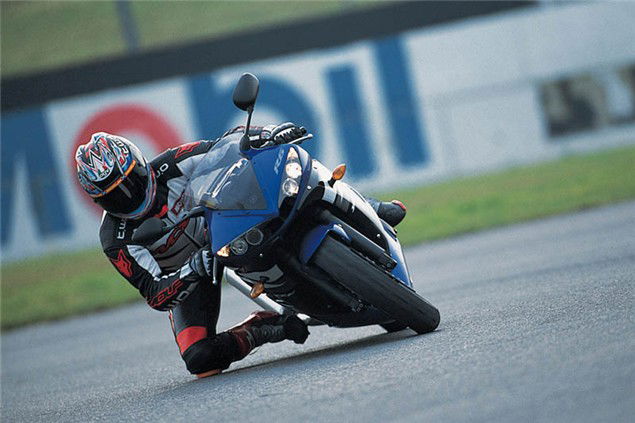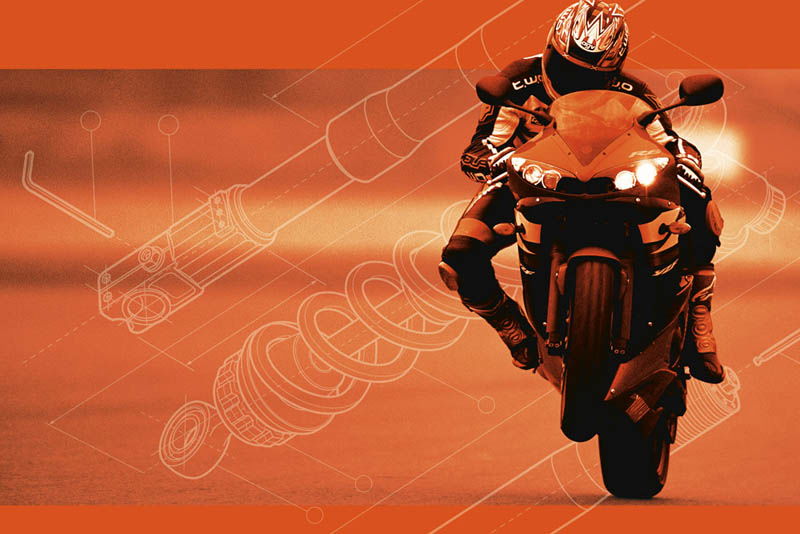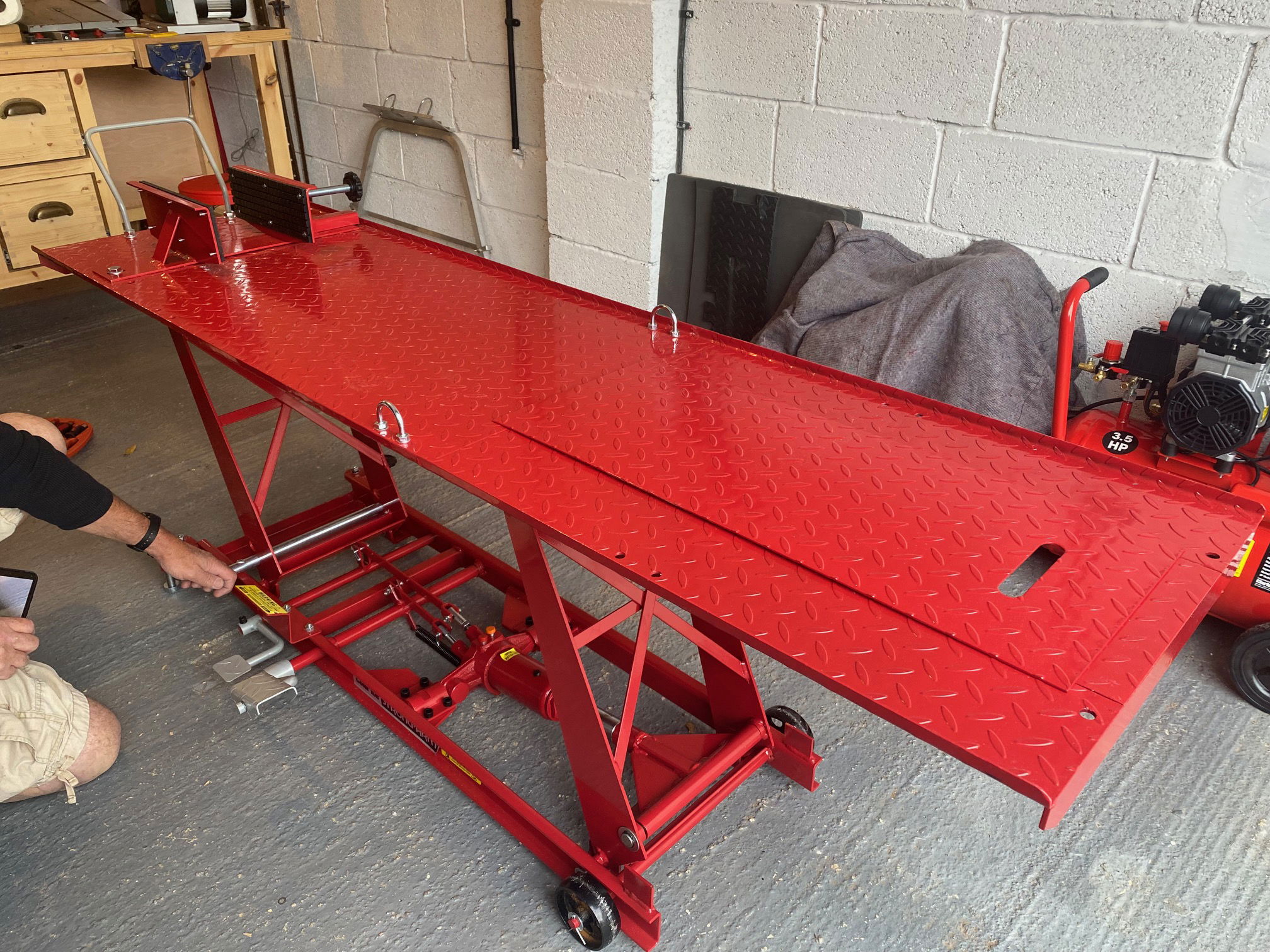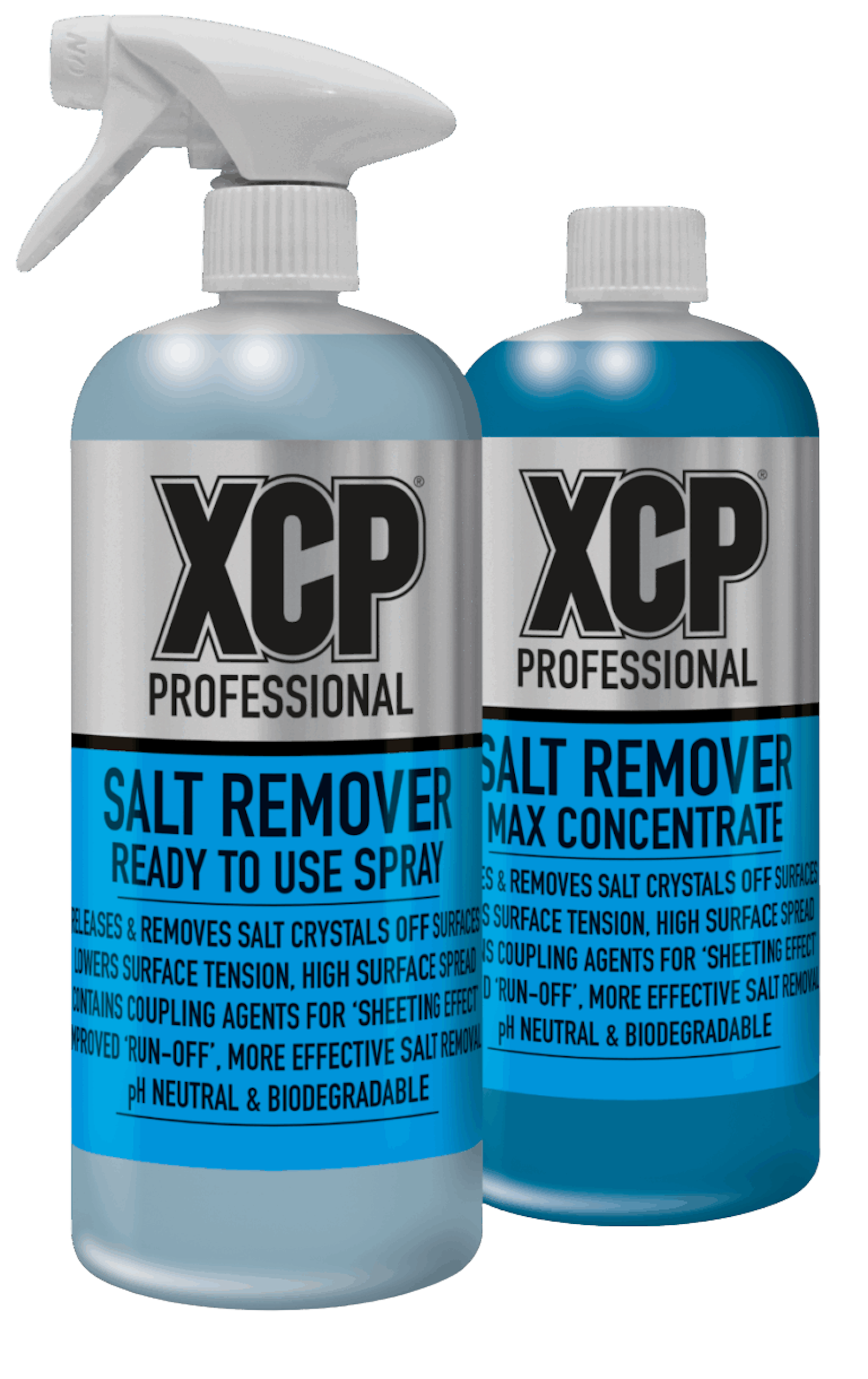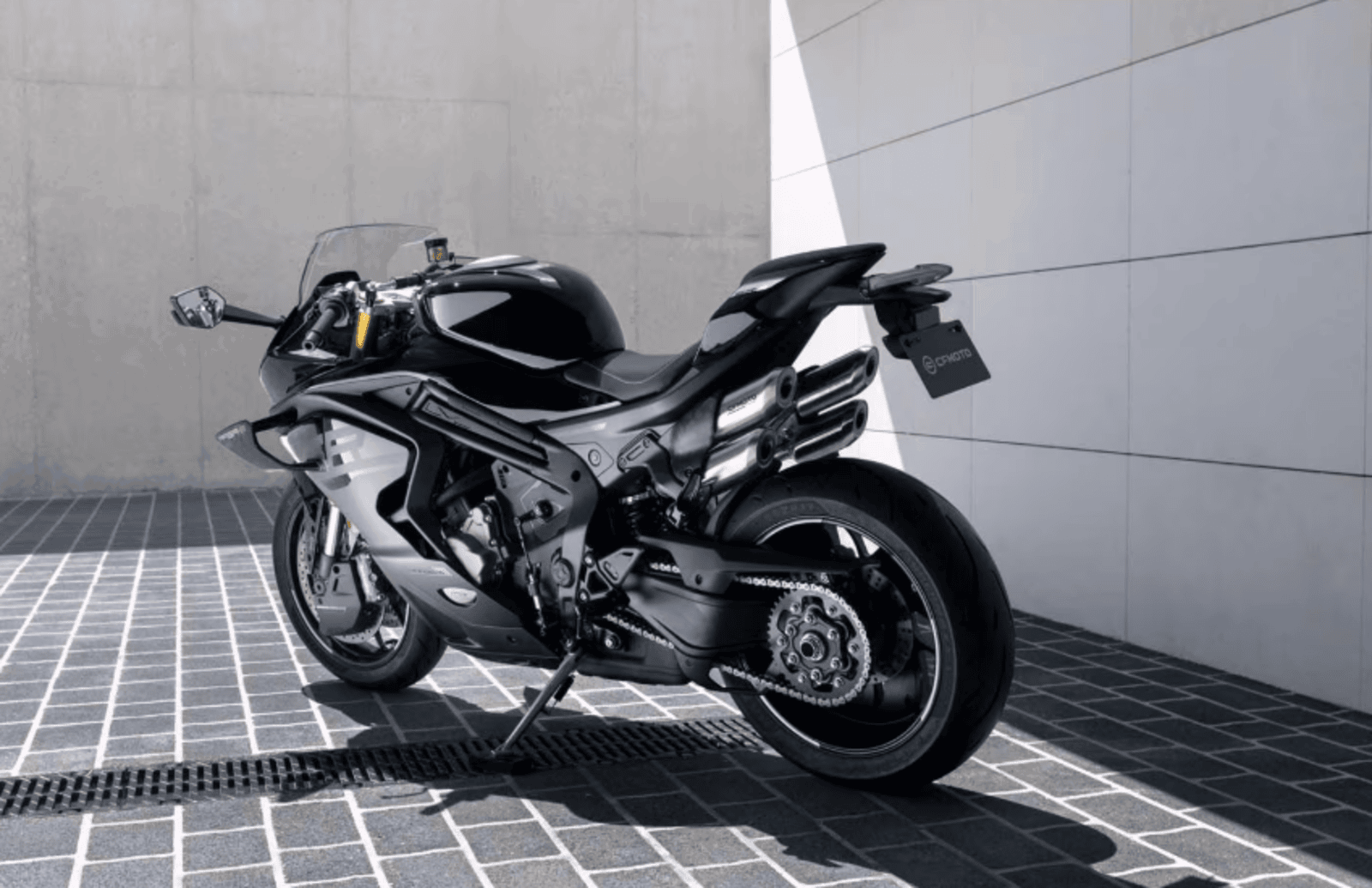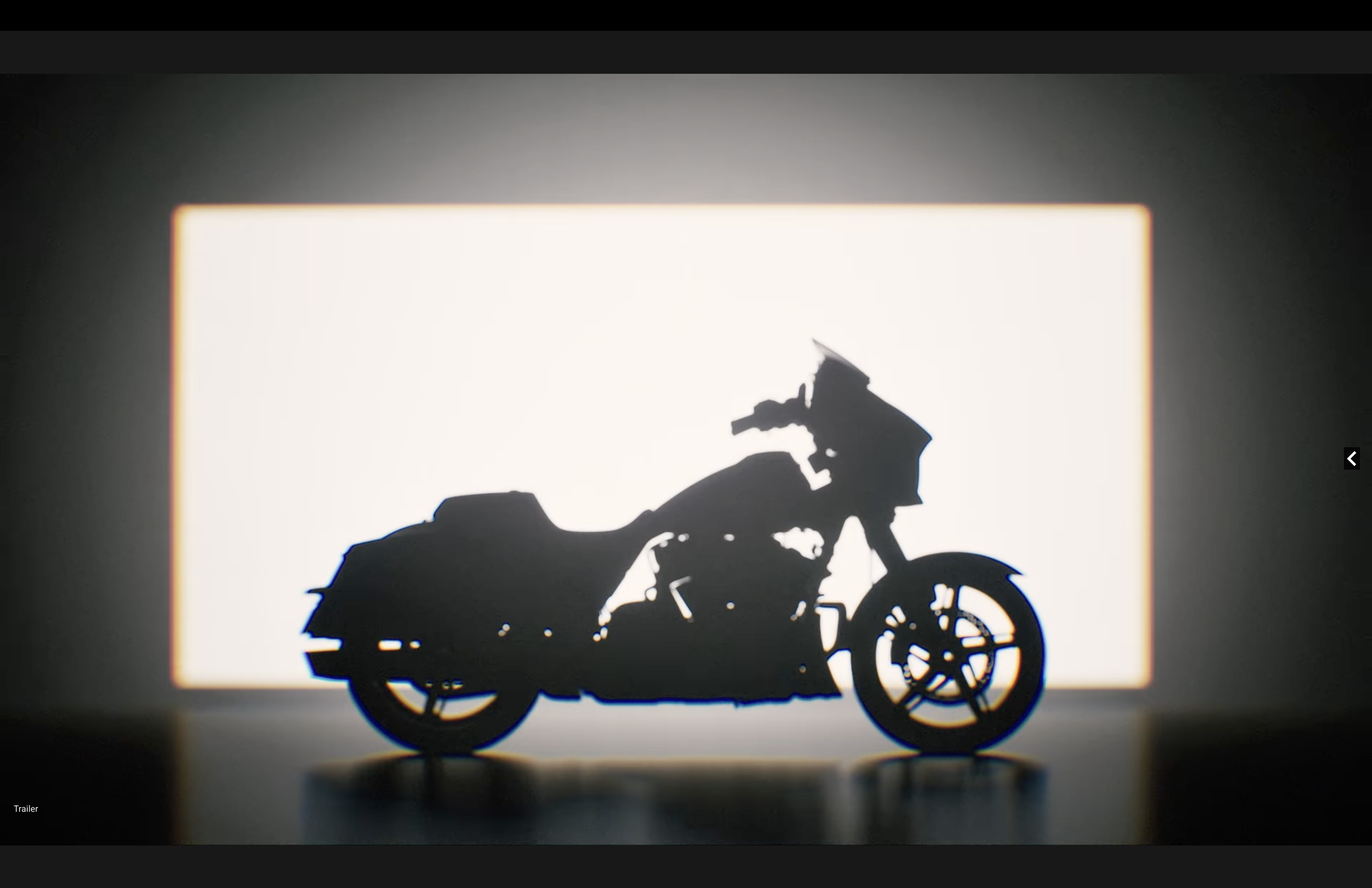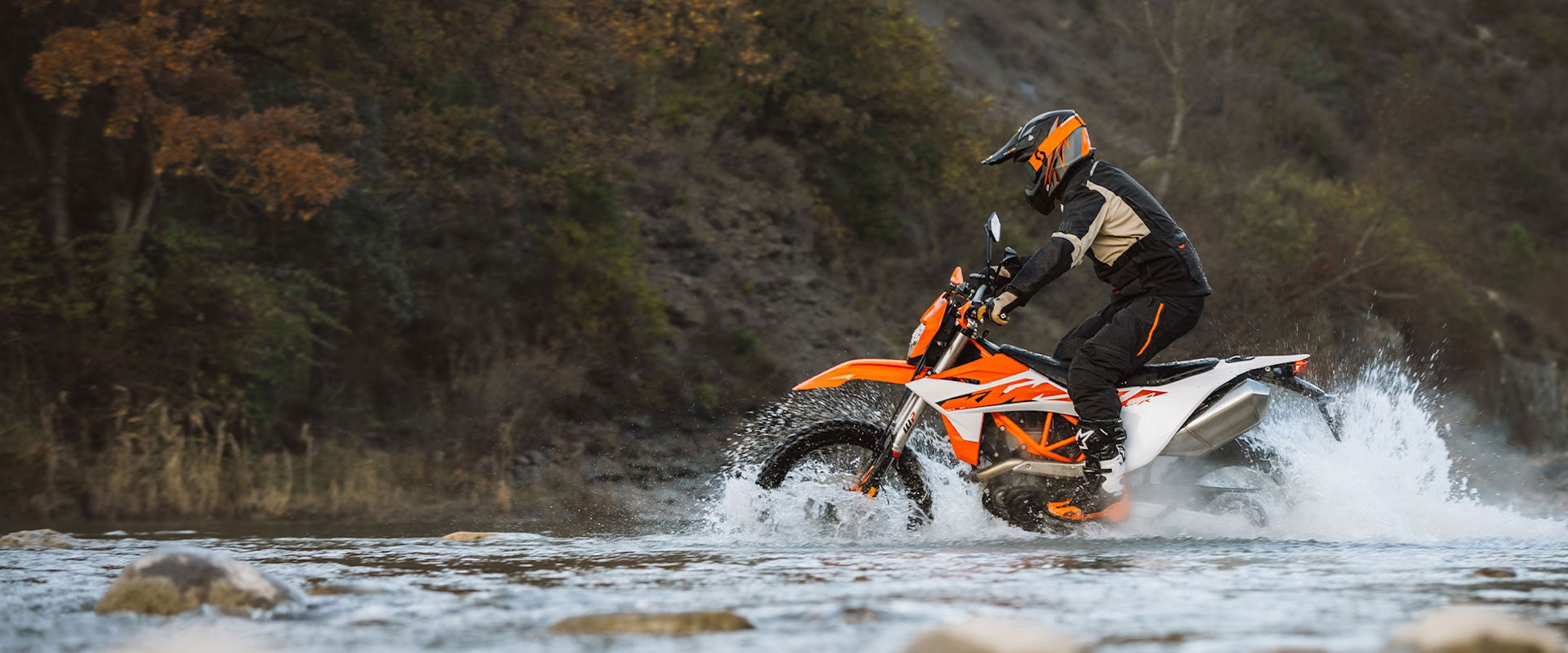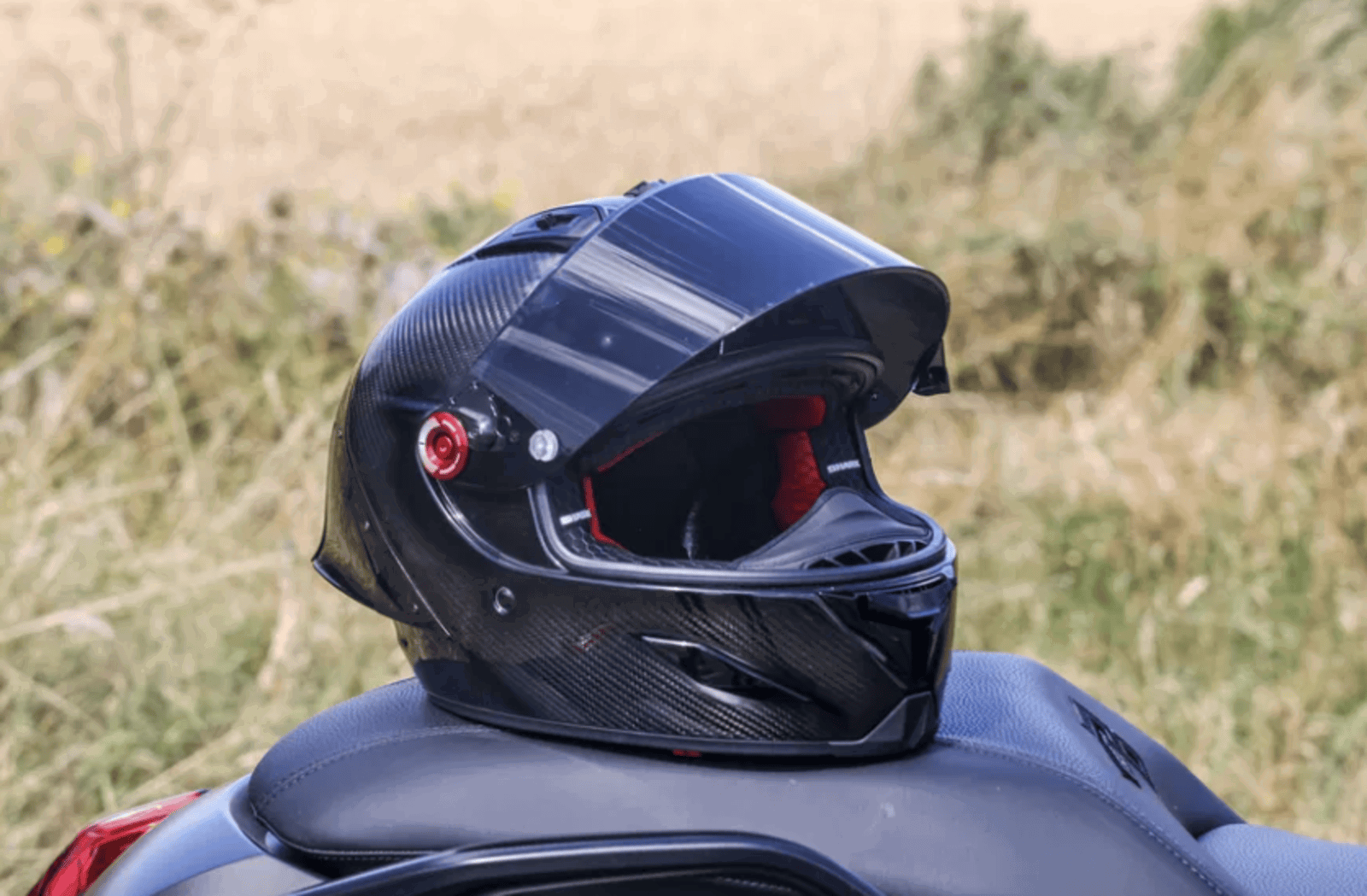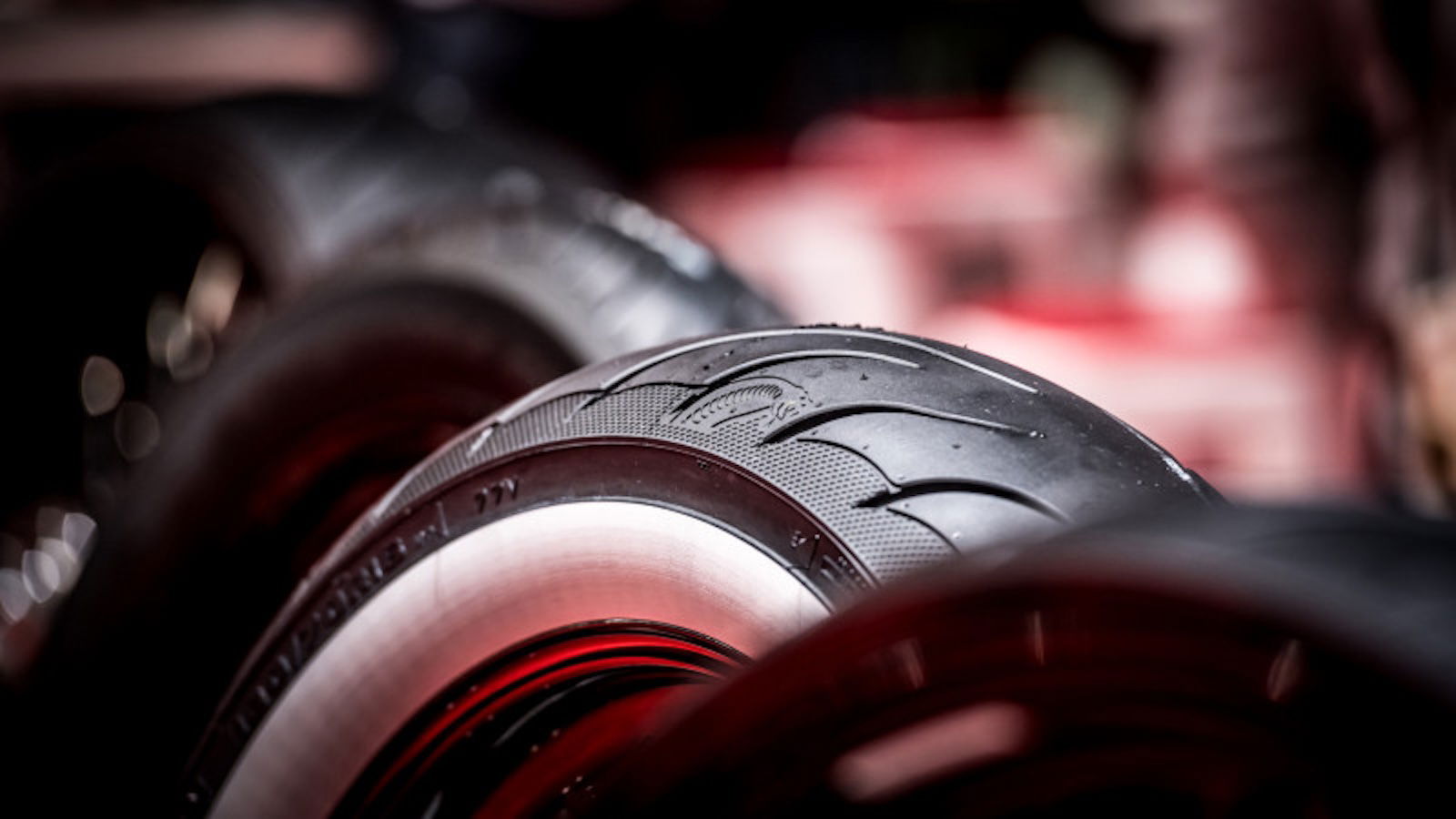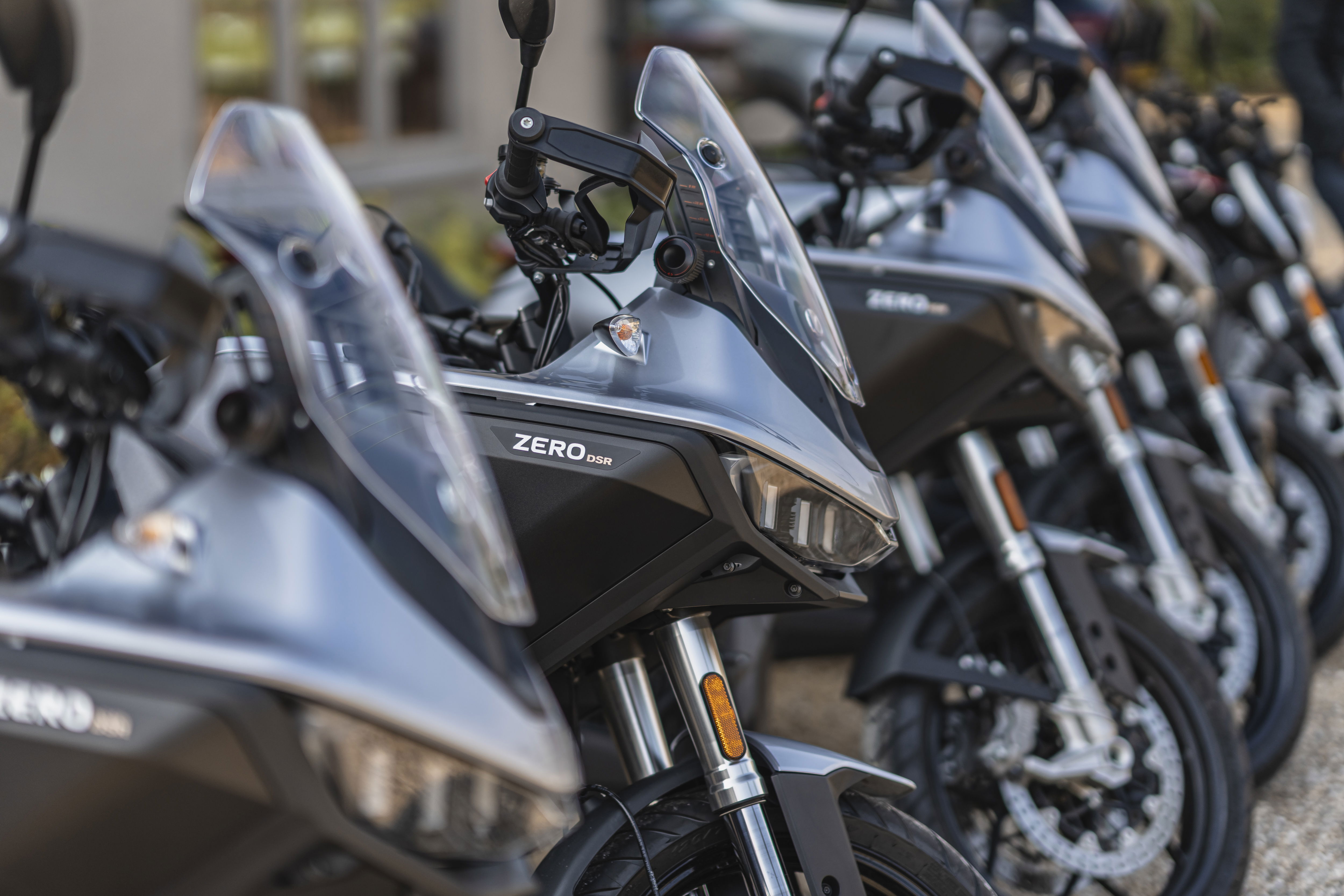How to set-up your bike's suspension
Trusted by some of the best teams in the world and rightfully regarded as one of the best men at bike set-up in the world, Niall Mackenzie can suss and sort suspension in seconds. And here's how he does it...

Step One
Check tyre pressures
You've got to get the basics right before tweaking suspension. Tyre pressures are about as basic as it gets and can make a bike feel like shit, or like the best bike in the world. Go with your recommended handbook pressures, but if you've lost this ballpark settings are 42psi in the back, 36 in the front. Drop standard pressures three or four psi for hot trackdays, otherwise leave well alone.
Now grab a notebook and a pen to note each change as you go along. Like the Famous Five leaving biscuit crumbs on the way into a spooky cave, these notes mean you can always get back to where you started and let you see exactly what each adjustment has done.
Make adjustments one step at a time otherwise you won't know what adjustment has done what. Basics covered, and tools at the ready now we need to set static sag...
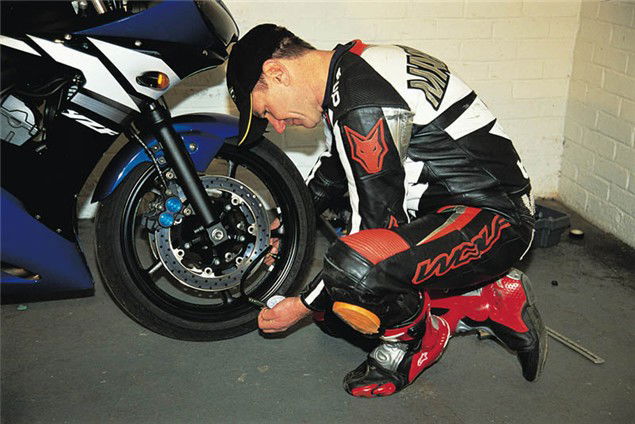
Step Two
Measuring static sag (pt 1)
Static sag is not an Indian dish, but the free play in your suspension between fully topped out (maximum extension) and normal resting position at a standstill. It is the baseline setting to get right before any other adjustment.
Lift the back of the bike as far as it will go without the wheel leaving the floor to top out the shock. Measure this extension with a tape measure between two points - from the wheel spindle vertically up to a recognisable mark on the seat unit is best. If your seat has no marks, a strip of tape stuck on horizontally is fine.
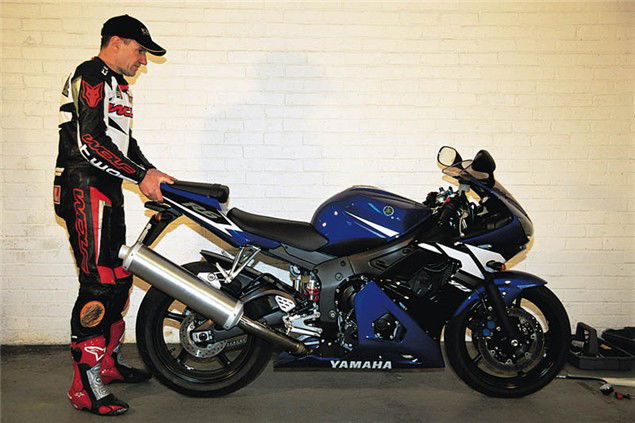
Step 3
Measuring static sag (pt 2)
Now you've got a measurement for full shock extension, get a mate to hold your bike while you jump up and down on it. This makes sure the suspension returns to its normal resting position. By now, your bike should be lower than it was when topped out.
If there's no difference, you have no sag and you're in trouble. Your bike will be on its nose braking, the rear end will be hopping and pattering, and if you get back on the gas hard out of a corner it'll probably highside you.
All in all, neither big nor clever.

Step 4
Measuring static sag (pt 3)
Get the tap measure out again and measure between the same two points you measured earlier. The difference between this figure and the earlier topped-out figure is your sag.
The ballpark sag figure to start with is 20-25mm at both ends, although it's especially important at the back. Adjust it with preload - more preload means less sag and vice versa. Whatever you do, make sure you never end up with your front preload maxed out at any stage. If you get to this point and still haven't got enough sag, you need stronger fork springs.
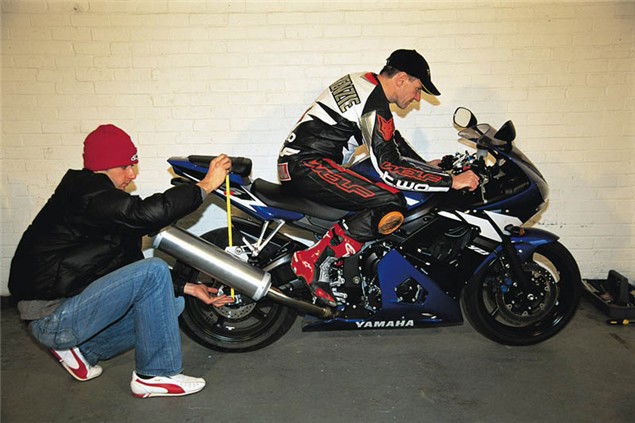
Steps 5 & 6
Measuring front sag
Repeat the process upfront, first lifting the front end to measure full extension between the wheel spindle and the bottom yoke, then bouncing on the forks a few times and letting them return to their natural resting point before measuring again. Again the difference in the measurements is your sag, and you want 20-25mm.
Now, before riding, fit a cable tie around the fork slider about halfway up to show how much fork travel you're using under braking. Ideally you want 10mm left however you ride.
In case max fork compression is less than the amount of slider on show you need to bottom your forks out to check it first. Pop the fork tops off, very slowly and with a hand over them - they'll ping off as soon as they're loose and shower your garage in essential fork internals you'll never get back in otherwise - slowly lower the front end down until it stops. Make sure you have two hefty mates with you at this point to avoid knocking your bike over.
Now you know where the bottomed out point is, mark it with a cable tie if necessary. Now put the whole lot back together and let's get to business...
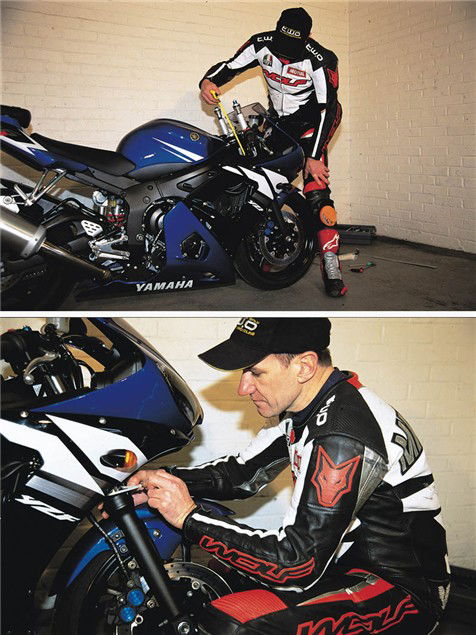
Step 7
Go ride!
Ride a route you know well with a variety of corners and surfaces, or start putting the laps in if you're lucky enough to be at a track. Use the first few minutes/laps to get into the groove, then start to think about how the bike's behaving as you go. And in case you need to tweak, here are some common handling problems and how to cure them...
